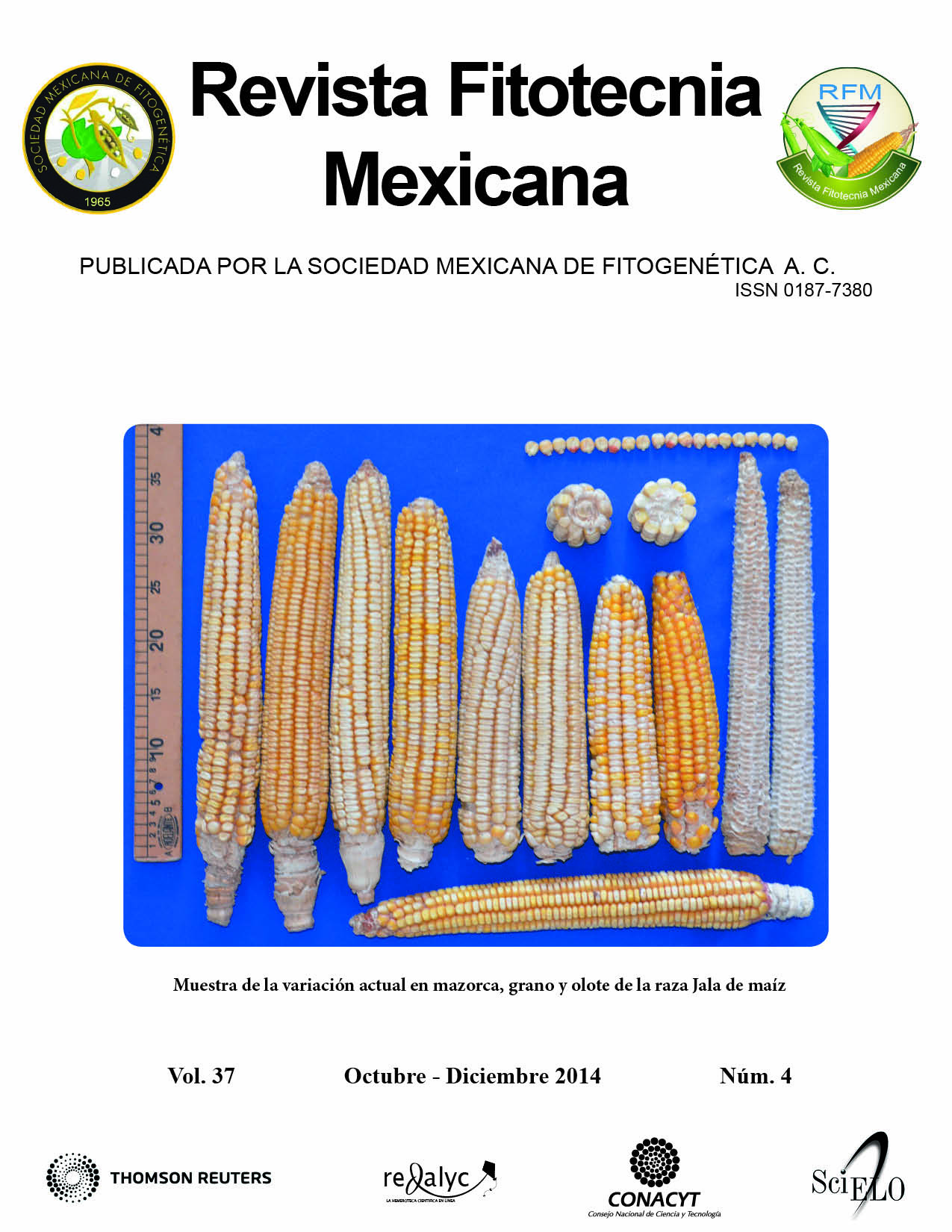PLANT GENE SILENCING: MOLECULAR MECHANISMS OF RNA INTERFERENCE AND BIOTECHNOLOGICAL APPLICATIONS
Main Article Content
Abstract
Short chain ribonucleic acid molecules, known as interference RNA (RNAi), are ribonucleotide sequences that regulate eukaryotic gene expression. RNAi-mediated gene silencing refers to a process that allows promoting RNA transcripts degradation through complementarity between an RNA molecule and an RNAi transcript, and therefore reducing its translation levels. There are two classes of RNA regulator molecules: small interference RNA (siRNA) and microRNA (miRNA). Both molecules are generated from the cleavage of double stranded self-complementary RNA hairpins by a DICER-like enzyme that belongs to the RNase III family, generating 17-25 nucleotide fragments. At the transcriptional level, interference RNA performs a complex process of DNA methylation (addition of a methyl group to the molecule), which leads from euchromatin to heterochromatin transformation in a specific region of the chromosome (locus). Post-transcriptionally, the phenomenon is caused by the intervention of an RNAi molecule. The resulting RNA-induced silencing complex allows the attachment to the mRNA target. In plants, RNAi cis-regulatory sequences are involved in defense mechanisms against antagonist organisms and transposition events, while trans-regulatory sequences participate in the expression of growth-related genes. Similarly, some adaptive responses to stress may be regulated by miRNA. This review collects and analyzes in detail advances in RNAi, including information about its relationship with plant metabolism. It also discusses recent progress in the understanding of its molecular mechanism and current biotechnological applications.

